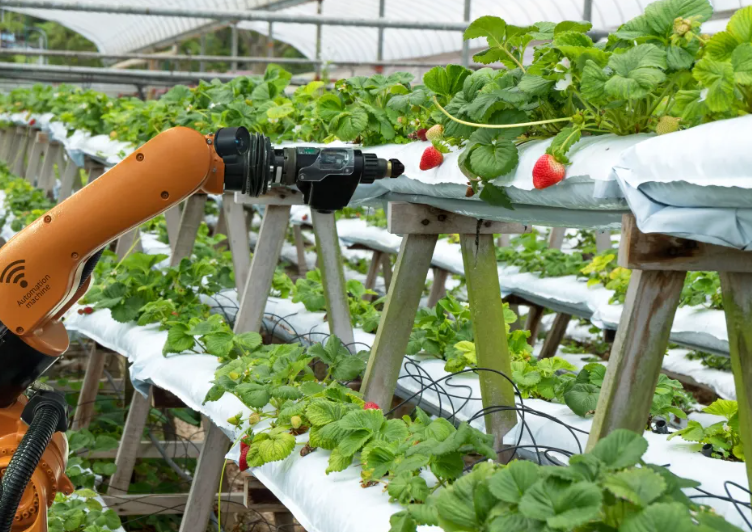Sustainable gardening is all about creating an eco-friendly garden that thrives naturally, conserves resources, and supports local wildlife. This approach minimizes environmental impact by using organic practices, reducing waste, and conserving water. If you’re new to sustainable gardening, here’s how to start.
Key Principles of Sustainable Gardening:
Soil Health: Healthy soil is the cornerstone of any sustainable garden. Avoid synthetic fertilizers, which can degrade soil and harm beneficial organisms. Instead, use compost, organic fertilizers, and mulch to enrich the soil. Composting kitchen scraps and garden waste will provide you with nutrient-rich material that improves soil texture, increases moisture retention, and supports plant health.
Water Conservation: One of the most important aspects of sustainable gardening is conserving water. Use drought-tolerant plants that are adapted to your climate. Implement rainwater harvesting systems to collect and store rainwater, reducing the need for tap water. Additionally, install drip irrigation to target water directly to the plant roots, minimizing evaporation and runoff.
Use Native Plants: Native plants are adapted to your local environment and generally require less maintenance, water, and fertilizer than non-native varieties. They also support local wildlife, such as pollinators, birds, and insects. By incorporating native species, you’re creating a garden that works in harmony with its surroundings.

Minimize Lawn Areas: Lawns require large amounts of water, fertilizers, and pesticides, contributing to pollution and resource depletion. Consider replacing part of your lawn with groundcovers, vegetable beds, or native wildflower patches that are low-maintenance and offer ecological benefits.






